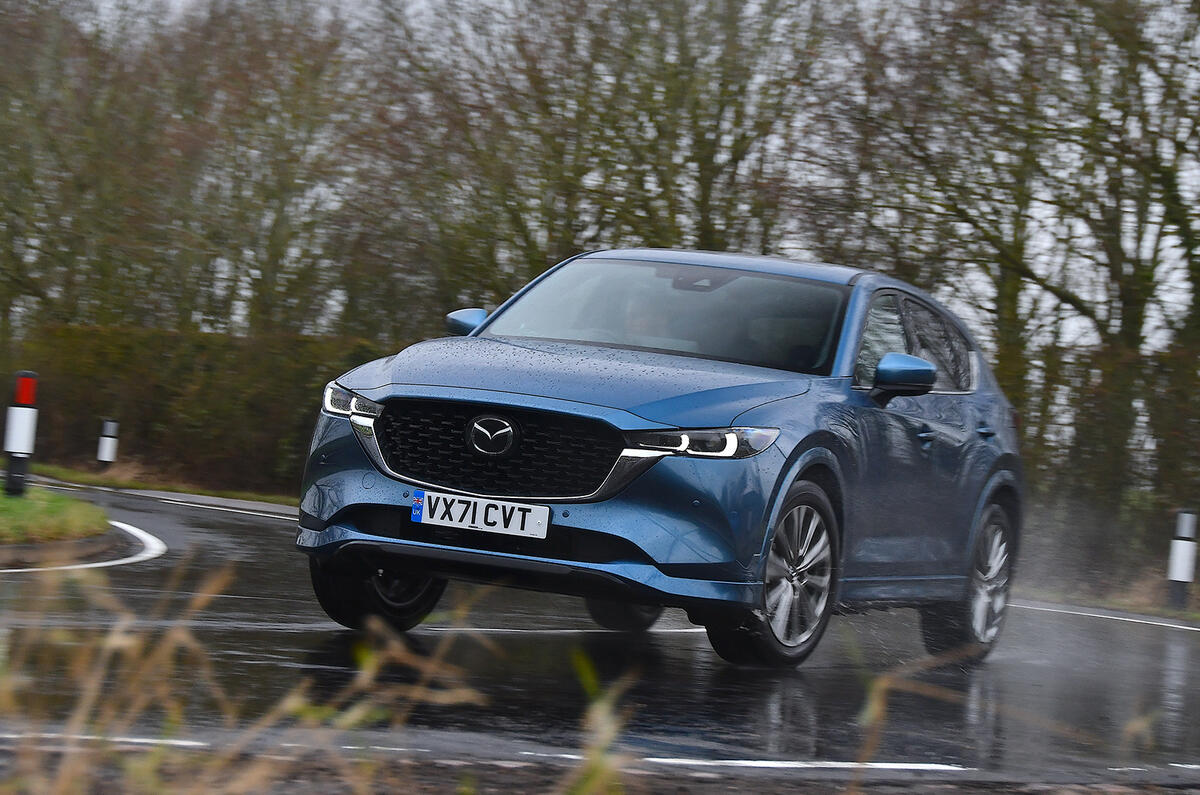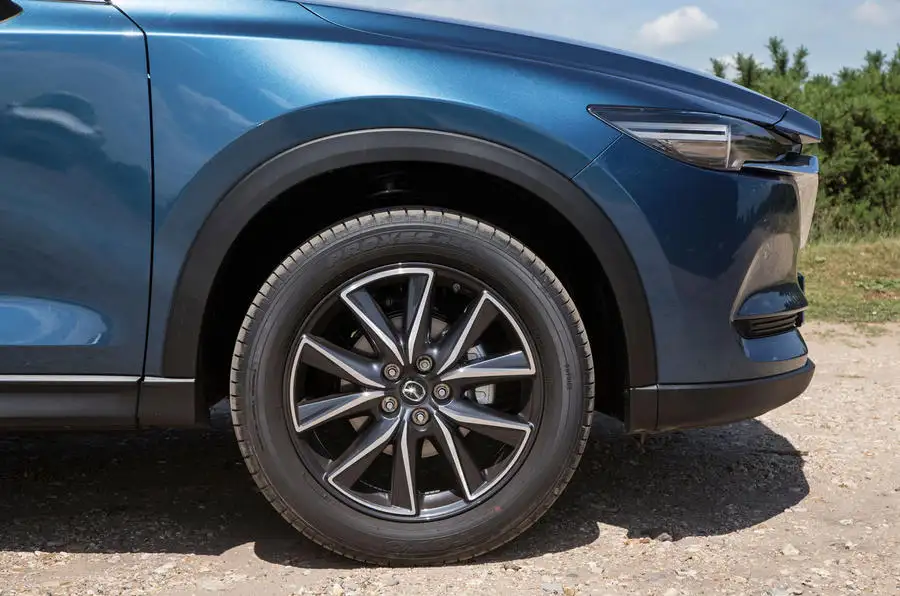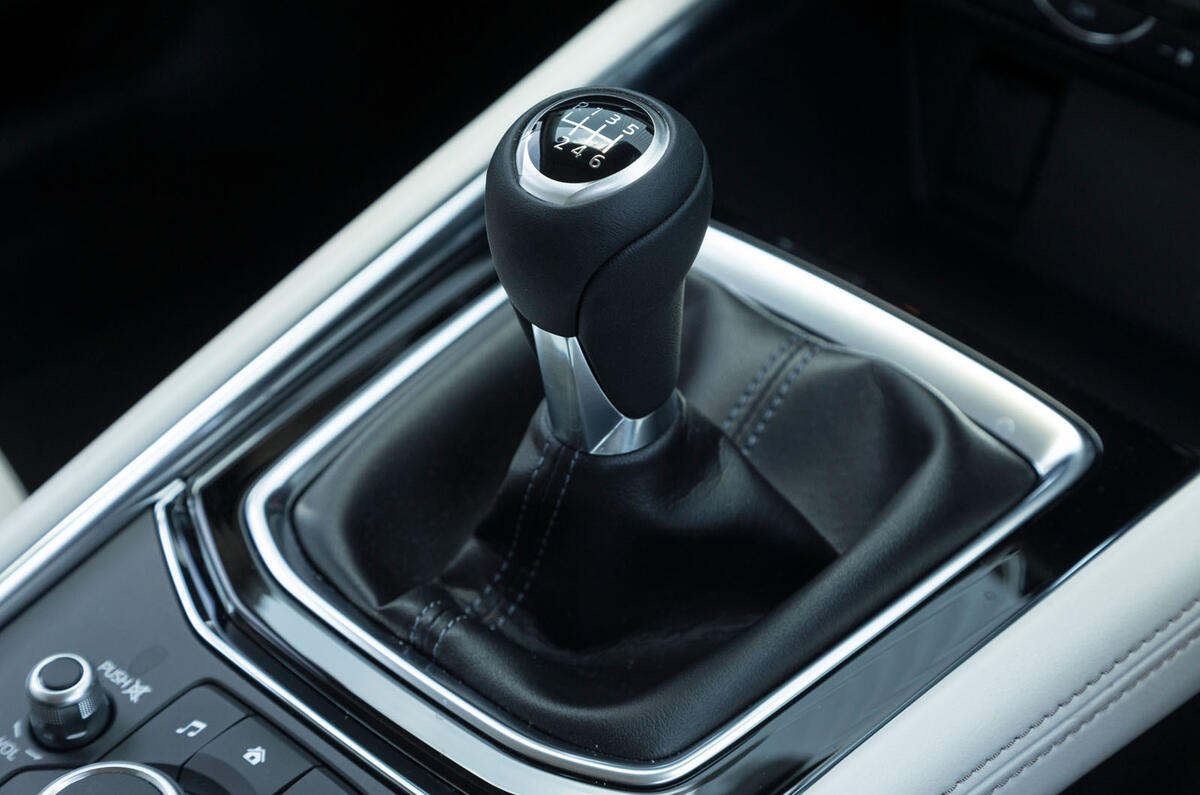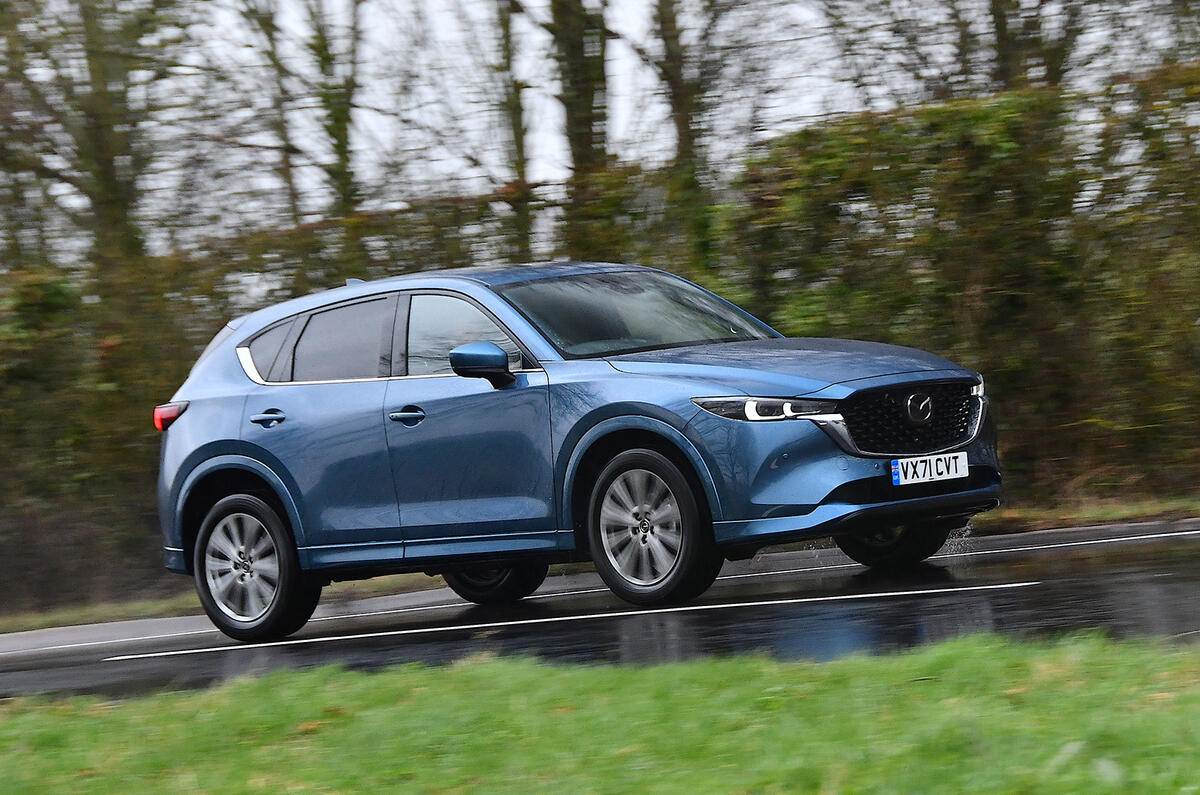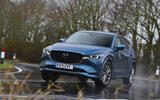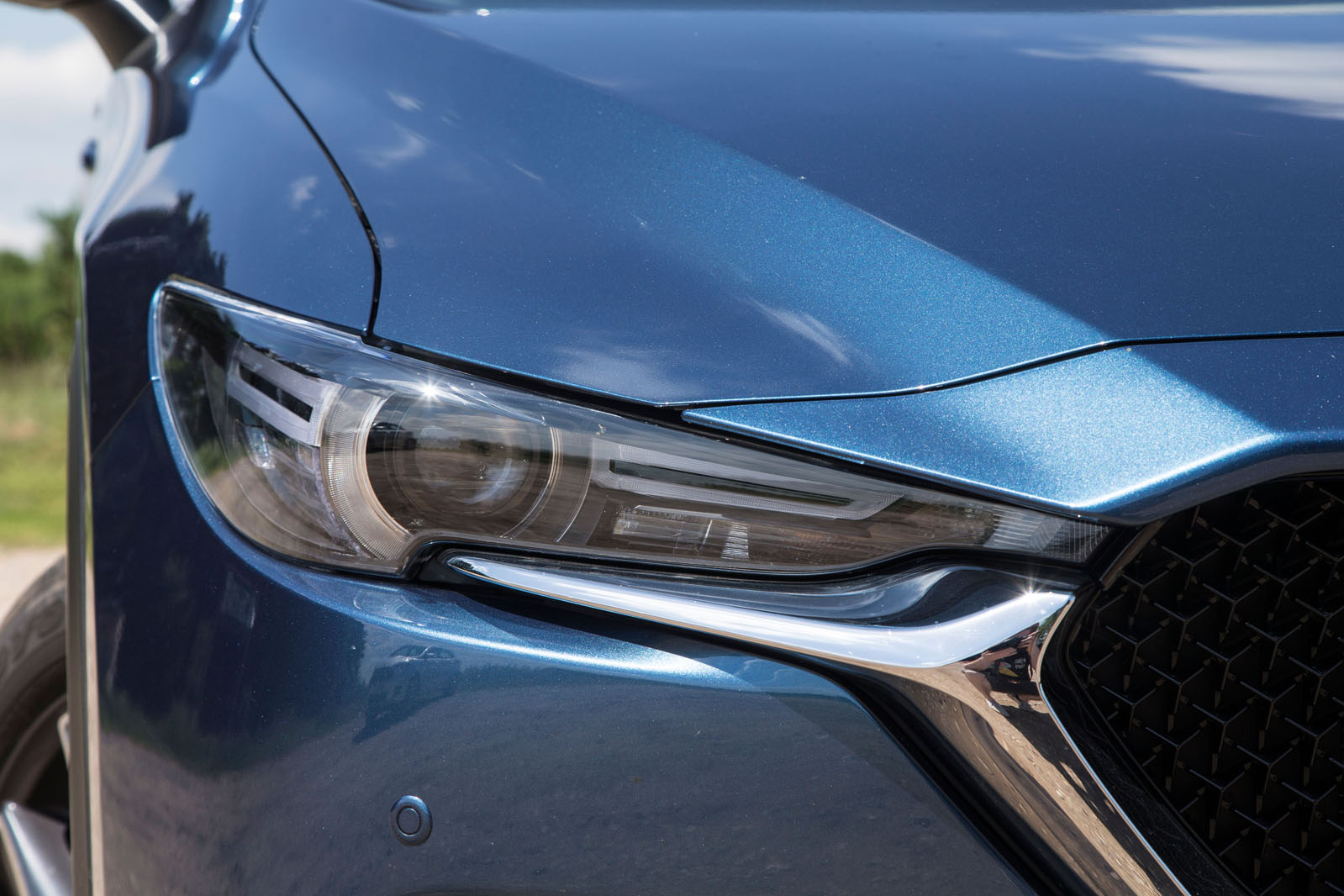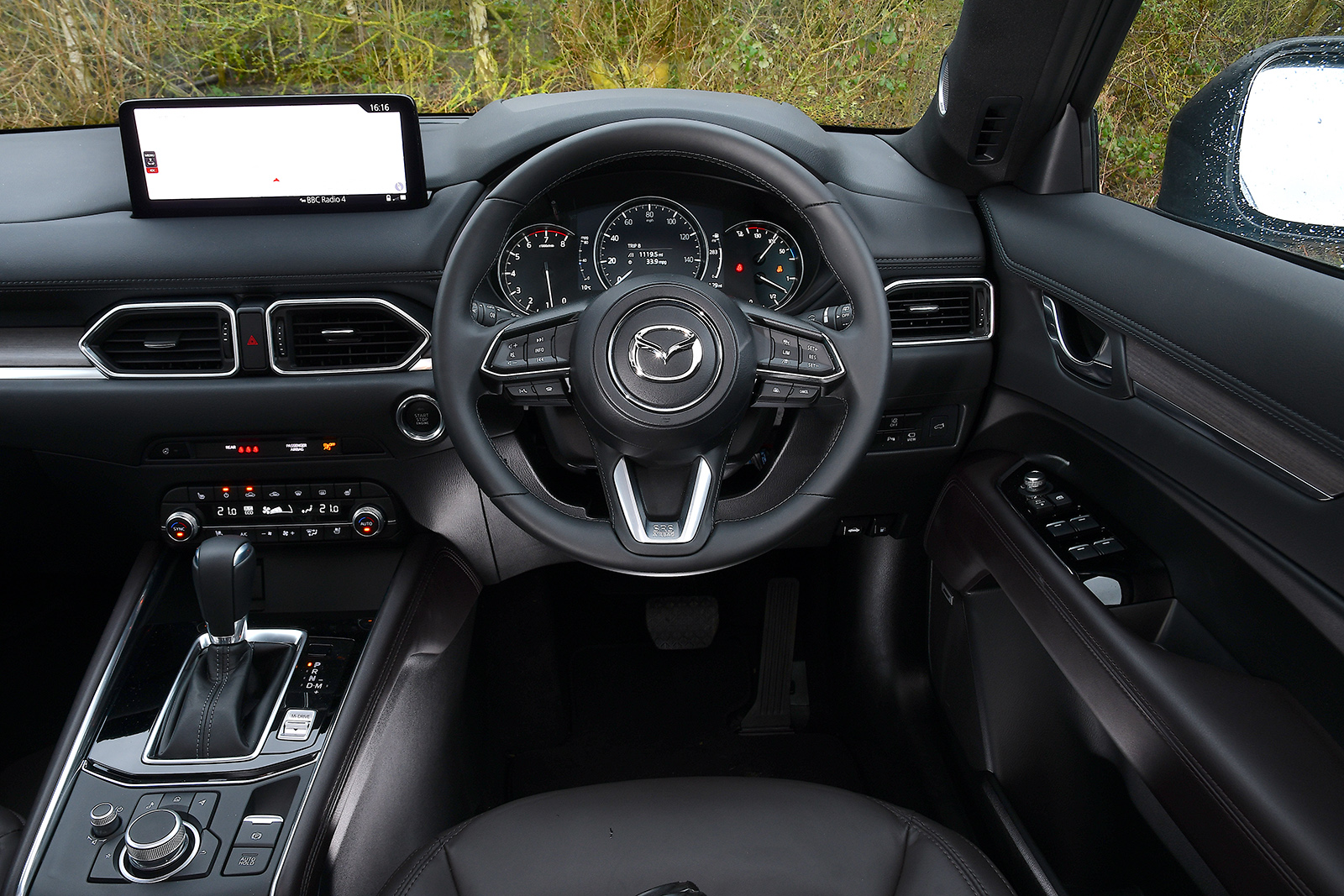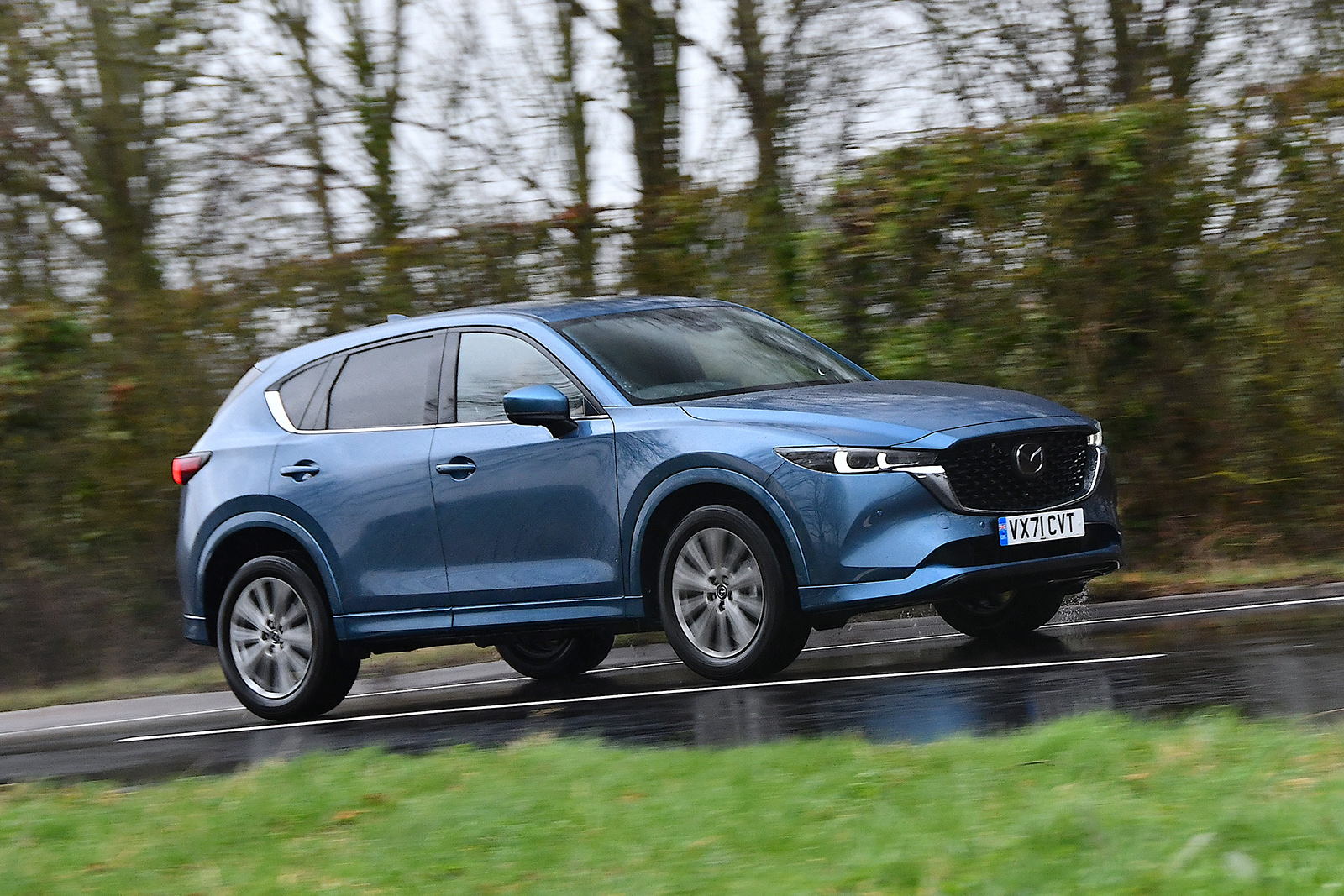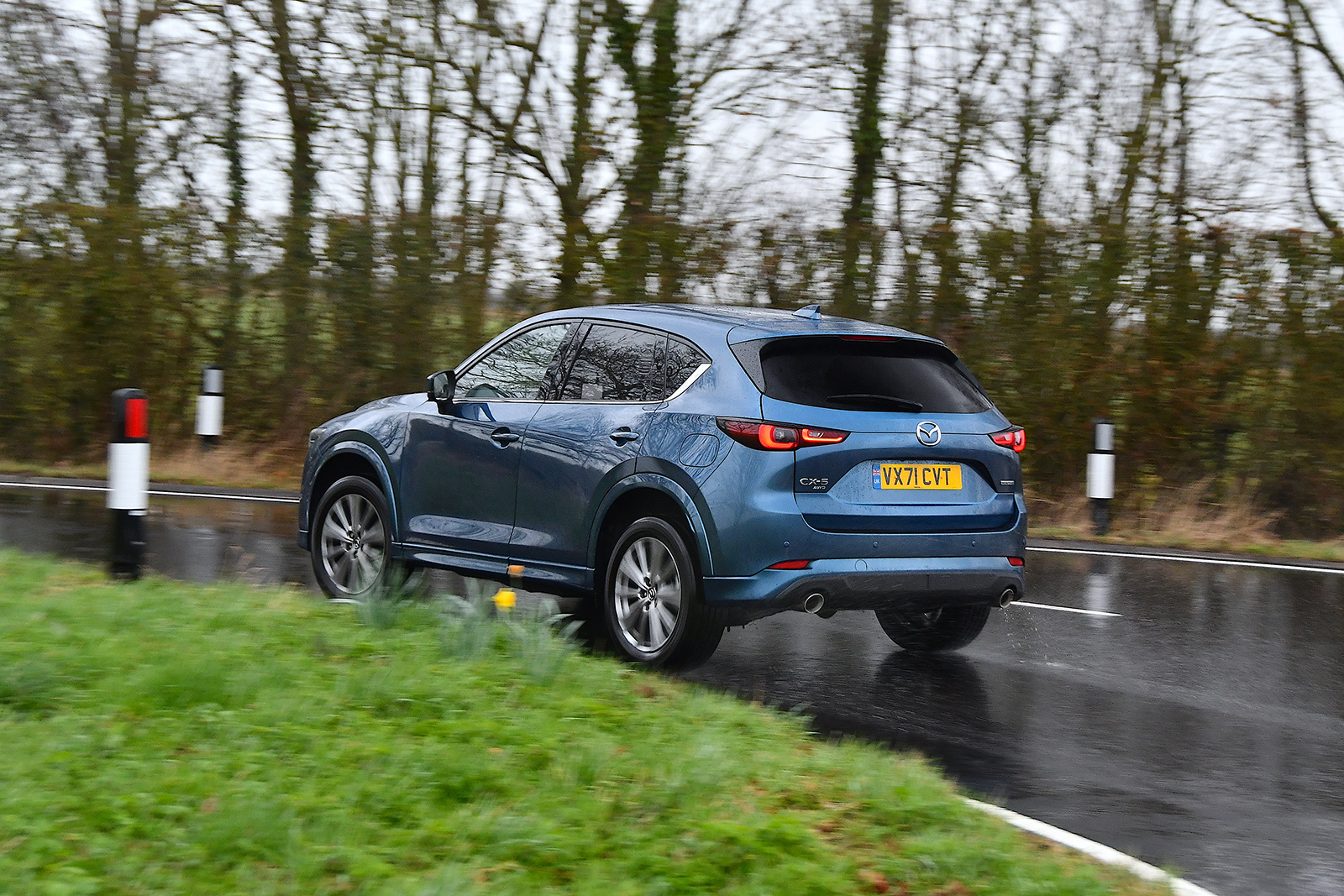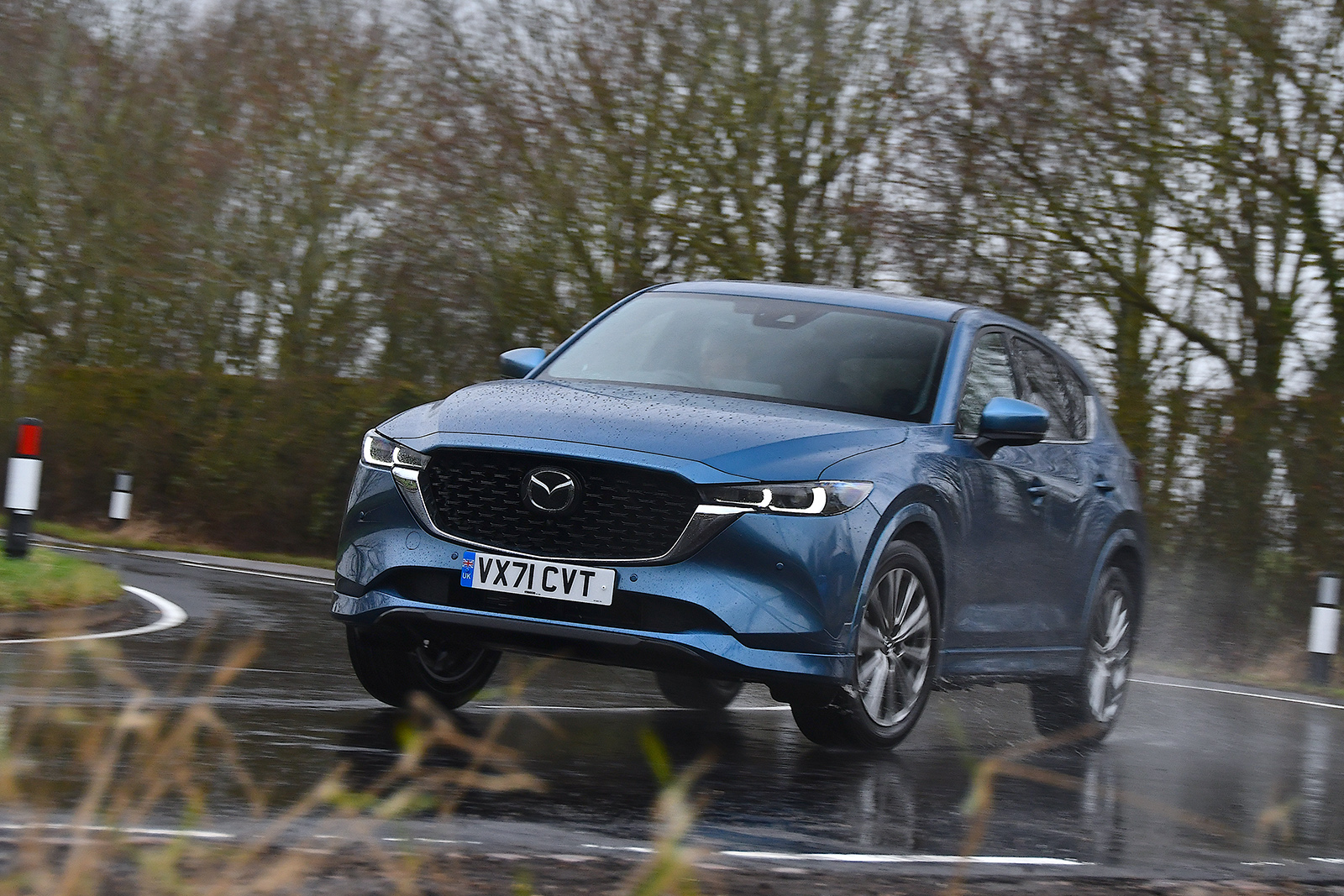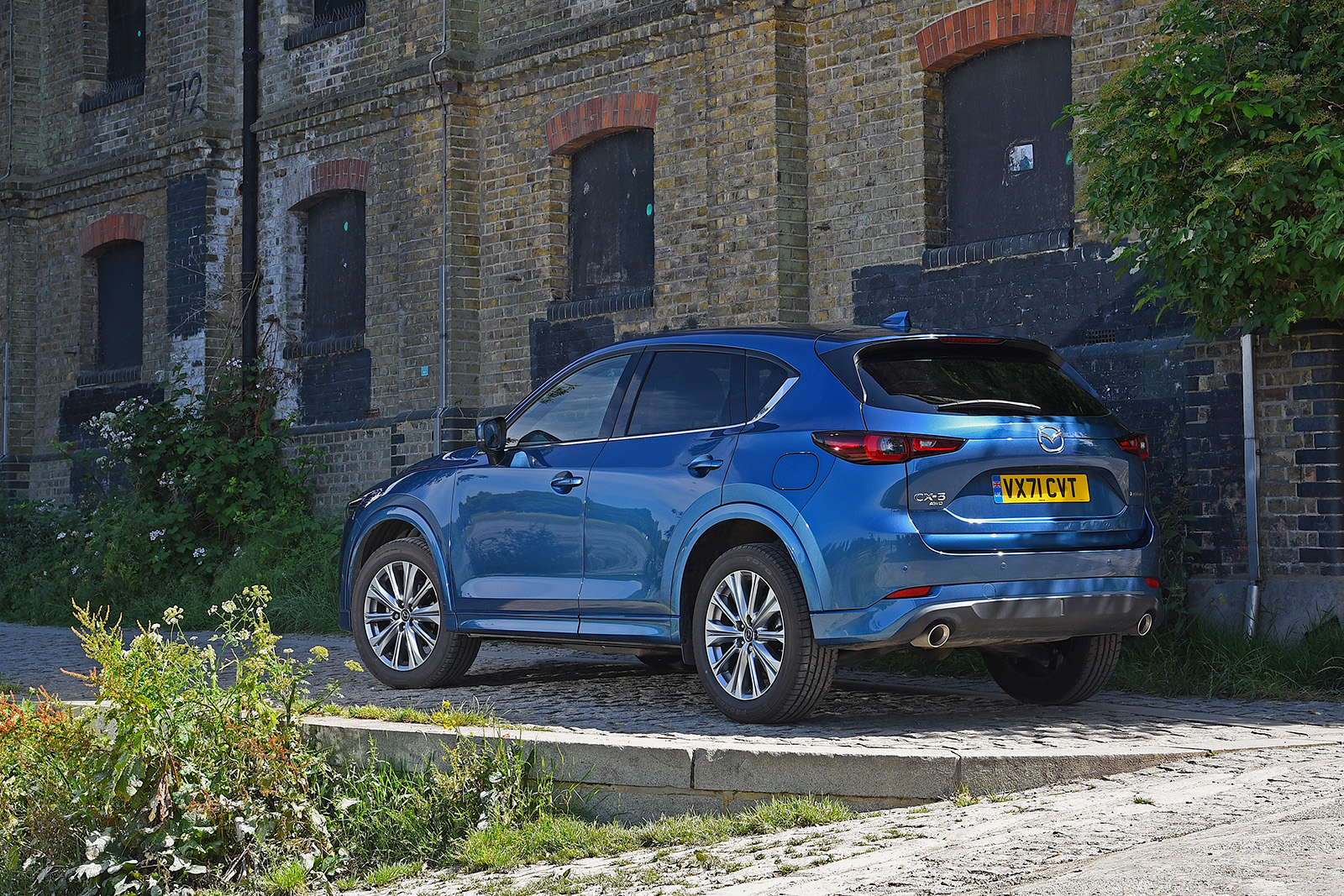Mazda is a firm that tends to do things its own way, and the Mazda CX-5 is no different.
Sure, this family SUV from Hiroshima conforms to a few norms. It’s fairly traditionally styled and offers lots of trim variations and options, but where it is firmly different from rivals is in the powertrains.
A 2.0-litre naturally aspirated petrol engine in a big SUV? A 2.5-litre with four-wheel drive? And a diesel!? In this day and age?
The original CX-5 got in fairly early on the current craze for SUVs, and a remarkable 1.5 million units were built and sold around the world over a six-year lifespan. So this second-generation model, with its zany power options has a lot of heavy lifting to do.
Mazda plainly has the SUV segment’s premium and semi-premium brand players in its sights but sets out to undercut them by several grand in some cases once equipment level is taken into account.
This means the CX-5’s main rivals range from mid-level models such as the Ford Kuga, Kia Sportage and Skoda Karoq right through to the cheaper end of the market with the Citroën C5 Aircross.



